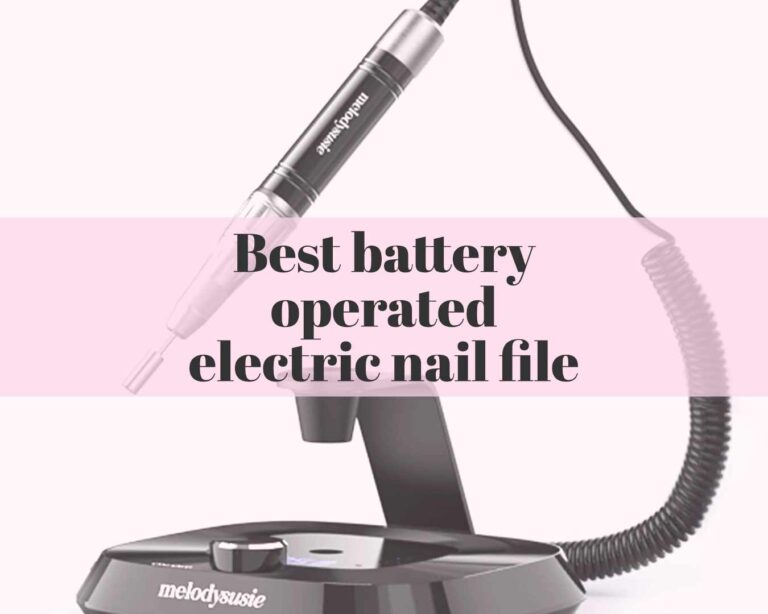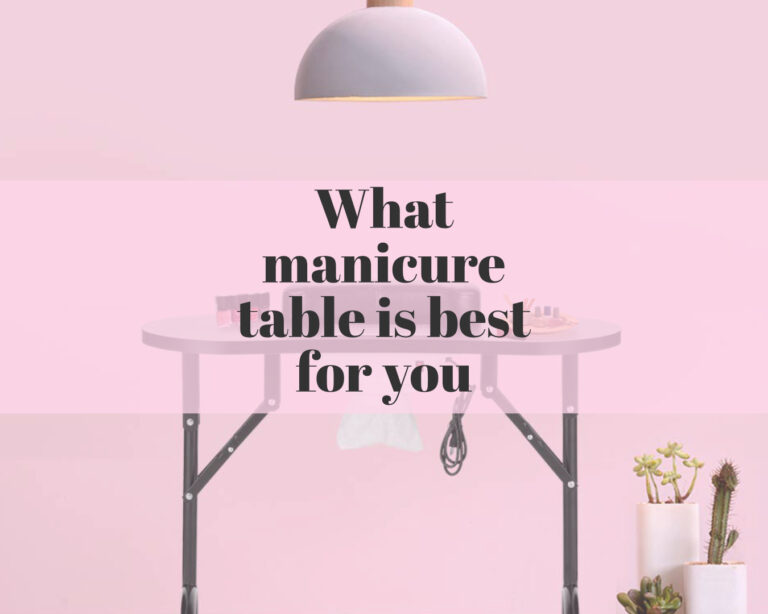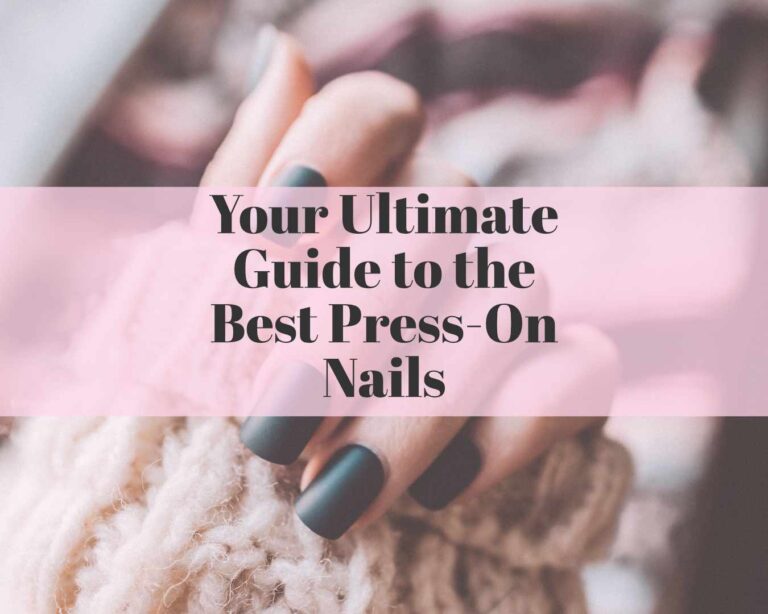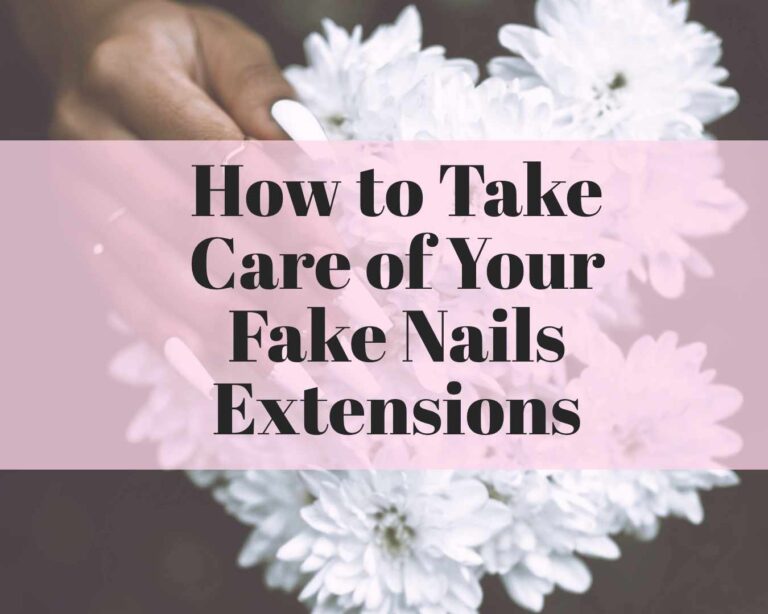
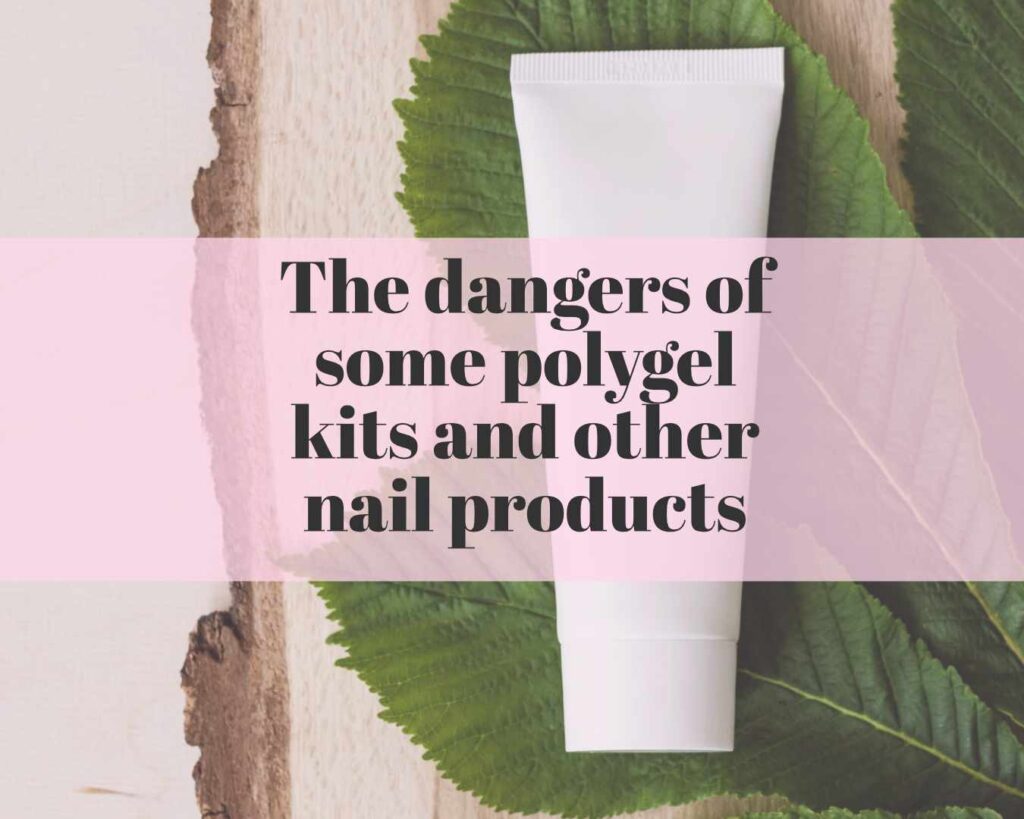
The dangers of some polygel kits and other nail products
Polygel has been somewhat of a craze the past few years. If you’ve seen those satisfying videos of people applying a full tip on their nails with a paste, curing it, and filing a little bit just to be left with the perfect nail extension, you’ve probably wondered what this amazing product is and where you can buy it.
Table of Contents
What is polygel
Polygel is a hybrid gel, named such because of its properties. It is similar to gel and acrylic and combines their unique properties to create a new element on its own. Having the consistency of acrylic, where you have to mold it using a brush and slip solution, but it has to be cured under a LED lamp. That makes it a great beginner medium for many as it doesn’t air dry like acrylic and is also not as runny as builder gel. I did a comprehensive article on the differences between acrylic, poly gel, and builder gel.
Dangers of polygel
This product sounds great right? Now you might be asking, why the title of this post? Well, as I do with many products on this blog, I did some research to try and list some good brands and polygel kits you can try out. I was quite shocked when I saw the results.
Not only are most of the articles I’ve found on polygel all the same, linking the same handful of brands, but I just couldn’t find a polygel nail kit that I trust and would use myself. Looking through all of the kits they had a lot of similarities, and not in a good way. Sure most of them are on the cheaper side, which can be a bad thing because beginner nail techs might be enticed to buy these products because of the low price. The real scary similarity between many of these products came in when I read the reviews by people who’ve used these polygel nail kits.
Accounts of blisters, skin peeling, itching, and burning were the norm. These are all symptoms of an allergic reaction, most commonly developed due to either overexposure to nail products, or using products containing MMA(Methyl Methacrylate).
Harmful substances to look out for when buying nail products?
Chemical | Short Description | Danger |
MMA | Methyl Methacrylate is a bonding agent that sets very fast | High |
Toluene | used as a solvent to make nail polish application smooth | High |
DPB | is a plasticizer that is used to increase the flexibility of nail polish | High |
Camphor | another plasticizer | High |
Xylene | used to thin out nail polish | Medium to high |
Formaldehyde | used as a solvent | Medium |
Hydroquinones | used as a stabilizer and preservative to protect against UV light | High if used on the skin. Relatively safe on nails |
Ethyl tosylamide | a plasticizer and filmogenic agent | Medium to high |
Triphenylphosphate | a plasticizer | Medium to high |
Benzophenone | used as a stabilizer and preservative to protect against UV light | Medium to high |
Styrene Acrylates Copolymer | Can be used as an adhesive, to change opacity, and as a film former | Relatively low if manufactured correctly. |
What is MMA
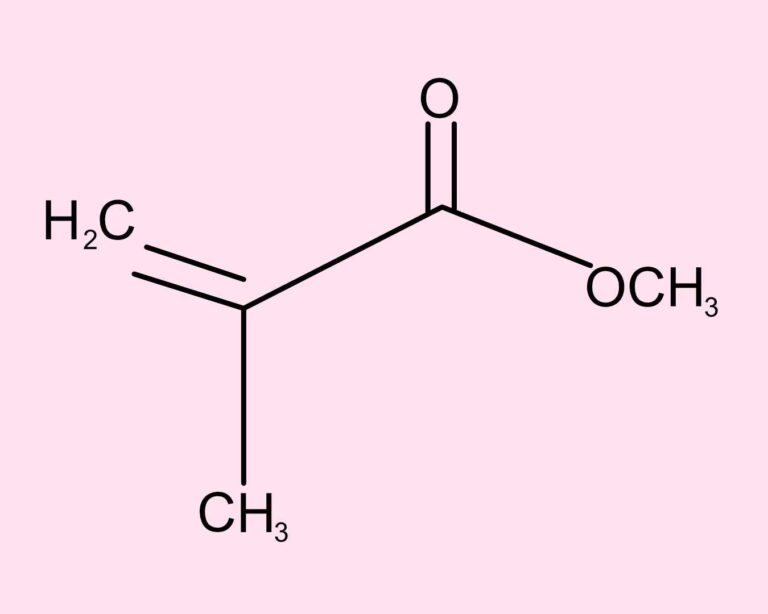
MMA or Methyl Methacrylate is a bonding agent that sets very fast. It sets faster than ethyl methacrylate (EMA), which is safe to use. In previous years it was common to find MMA in nail products, but since then many health risks have been connected to the use thereof.
Products containing MMA were said to give off a distinct strong odor, which can cause dizziness, trembling of hands, headaches, and dizzy spells. Using these products on your nails can cause the skin around your nails to react in a bad way. It can start itching, swelling, blistering, and peeling. Continual use of MMA products has been said to cause deformities in the growth of your nails.
How do you know a product contains MMA?
Some things to look out for when the container doesn’t specify that it contains MMA(which commonly can be the case as MMA is illegal in many areas), there are some distinct characteristics:
- MMA products have a very strong irritating odor.
- The product(usually acrylic) is very hard and difficult to remove.
- When soaking the product it won’t crumble as it should, but instead, become a gooey mess that is difficult to remove.
Most nail products containing MMA are also unusually cheap.
It is very unfortunate that many products still contain this harmful substance. It is therefore very important to be cautious when buying any nail products. Do your research and make sure you know what you’re buying. Whether the polygel kits I saw have MMA in the hybrid gel or the slip solution is unclear, but better safe than sorry.
One big thing is to buy from brands that you know and love and that have a good reputation.
Harmful substances to look out for when buying nail products?
Toluene:
Toluene has been used as a solvent in many nail products including nail hardeners. It was reviewed as safe in the 1980s but recent studies have shown that many people have had adverse reactions to Toluene. Therefore it is not as widely used anymore.
Toluene has the possibility for Developmental and reproductive toxicity, organ system toxicity, and irritation.
DPB:
DPB is a plasticizer that is used to increase the flexibility of nail polish. It is also used in PVC to increase flexibility. It is banned in Canada and the EU due to toxicity in fetuses, young children, and aquatic life.
Camphor:
Synthetic camphor is highly toxic. It can cause dizziness, disorientation, and nausea when overexposed. When exposed to higher concentrations, it can cause pain, confusion, and seizures.
Xylene:
Xylene is used as a solvent. It is also found in gasoline and paint products. Xylene can cause vomiting, headaches, and dizziness. When exposed to it for long periods or in high volumes it can however lead to respiratory, kidney, and gastrointestinal toxicity
Formaldehyde:
Formaldehyde is used as a solvent and nail hardener. Short-term exposure to this substance has been recorded to cause allergy-like symptoms including burning, itching, and coughing. It has been recognized as a potential cancer-causing agent but has not been banned by the FDA.
Hydroquinones:
Hydroquinone is used as a stabilizer and preservative to protect against UV light in nail products. It is deemed safe enough for use as long as it doesn’t touch your skin. In scenarios where it is left on the skin, it can cause cancer, organ-system toxicity, and respiratory tract irritation.
Ethyl tosylamide:
Ethyl tosylamide makes nail polish products more durable and adheres to the nail better. It has been banned in Europe because it can cause allergic reactions, and is known to cause hormonal disruptions.
Triphenyl phosphate:
Triphenyl phosphate is a plasticizer that makes the nail polish smoother and more flexible. It is also used as a flame retardant in other products. It can be absorbed through your nail polish. It is possible that it can cause developmental irregularities, and alter your red blood cells over time.
Benzophenone:
Benzophenone is used as a stabilizer and preservative to protect against UV light. Can possibly be linked to cancer, developmental as well as reproductive toxicity, organ system toxicity, irritation, ecotoxicity and endocrine disruption.
Some forms of Benzophenone have been restricted for use in cosmetics in the US.
Styrene Acrylates Copolymer
Styrene Acrylates Copolymer can be used as an adhesive, to change opacity, and as a film former. The health risk of this product is relatively low, the problem comes in with residual styrene in the compound which can cause irritants and other health issues like endocrine disruption.
What to look for when buying nail products
There are many ways that you can protect yourself from these harmful ingredients. Firstly it is important to buy from a reputable company. It’s always good to stay with one brand and never mix different brands’ products.
Another thing you can do is to look for products that are HEMA and HPMA free. HEMA is the number one cause of allergic reactions in nail products. HPMA is not far behind.
Make sure the products are 10-free. 10 being these harmful substances:
- Formaldehyde
- Toluene
- Phthalates
- Camphor
- Formaldehyde resin
- Ethyl tosylamide
- Xylene
- Parabens
- Animal-by products
- Triphenyl phosphate


